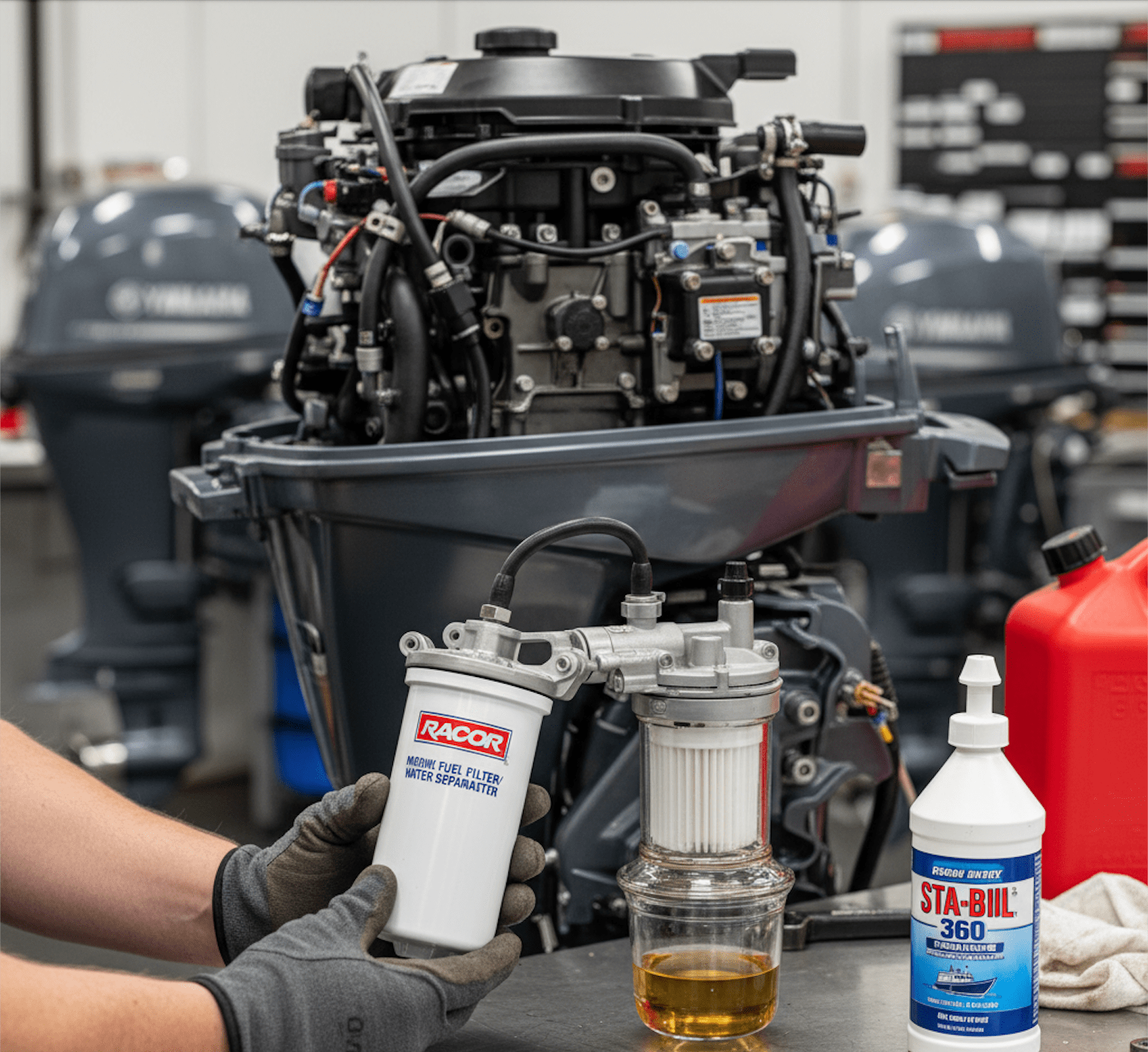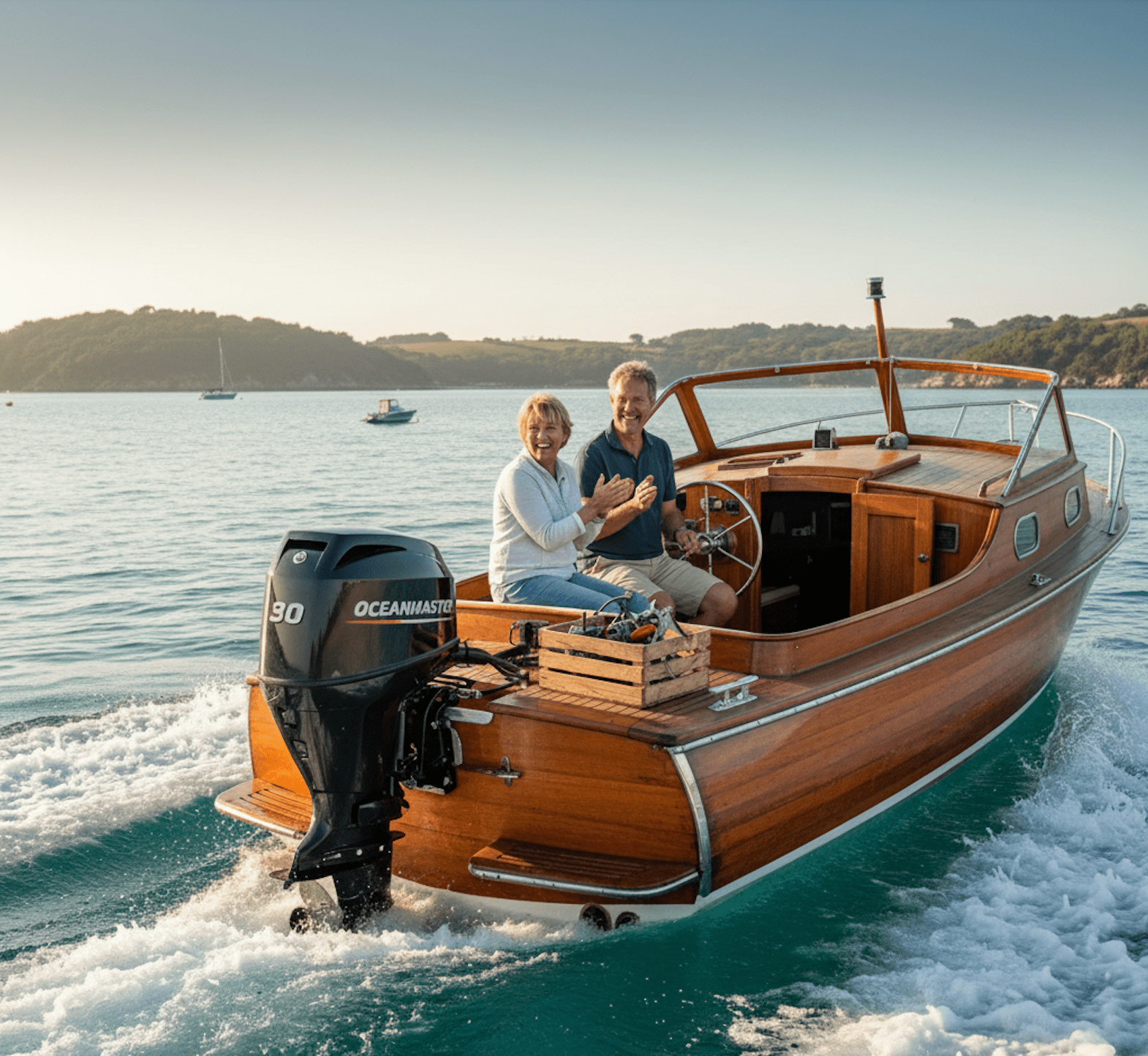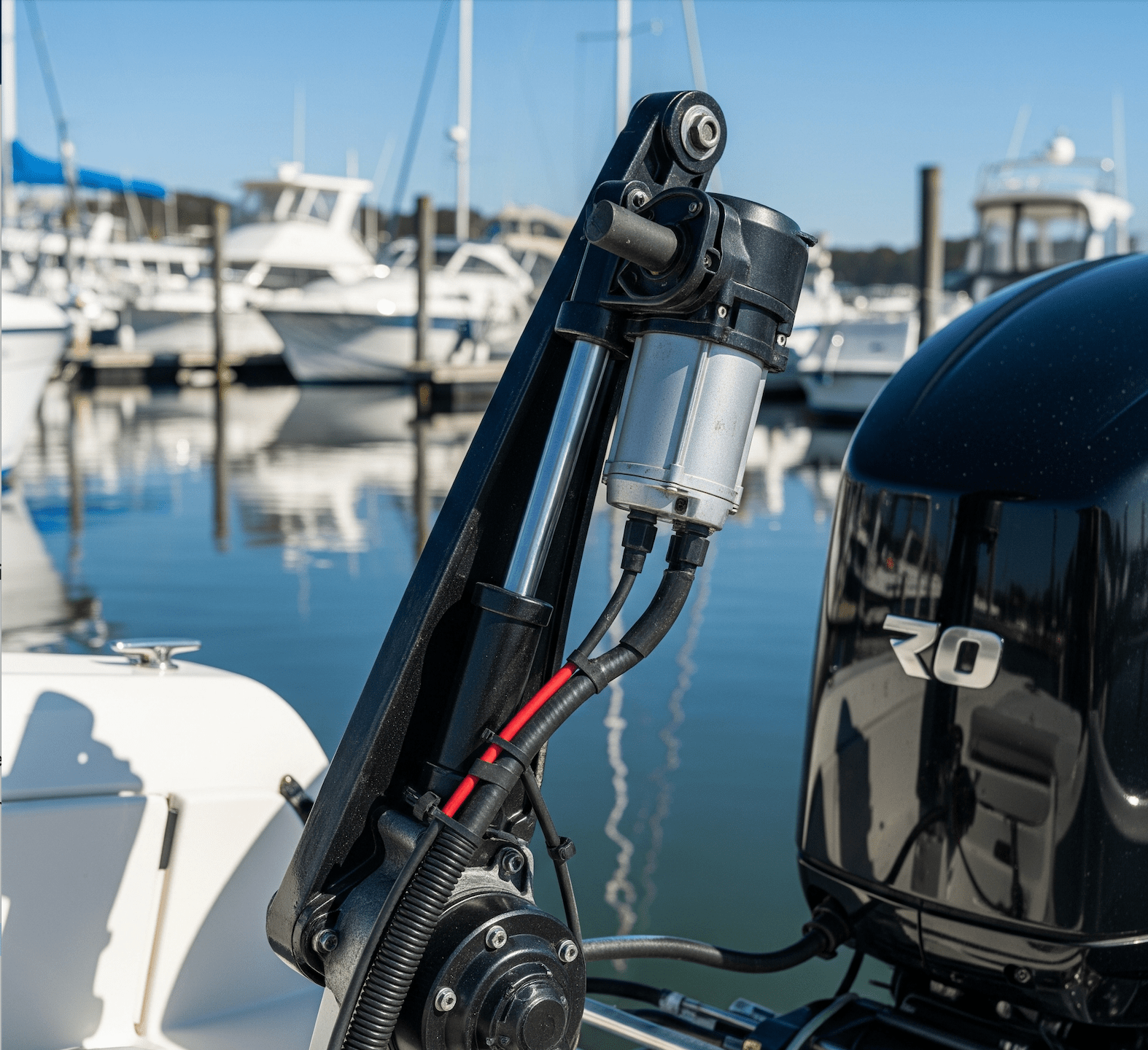So, the time has come. Your trusty old outboard has finally given up the ghost, or perhaps you're just looking to upgrade your boat's performance with a shiny new engine. Repowering your boat is a significant investment, and choosing the right outboard is crucial for maximizing your time on the water and ensuring years of reliable service. This guide will walk you through the key factors to consider, helping you make an informed decision and select the perfect repower outboard for your needs.
1. Horsepower: Finding the Sweet Spot
The horsepower (HP) of your new outboard is arguably the most critical factor. Too little power, and your boat will struggle to get on plane, especially with a load, leading to poor fuel efficiency and a frustrating experience. Too much power, and you risk exceeding your boat's maximum HP rating (usually found on the capacity plate), which can be dangerous and void insurance.
- Consider your boat's rating: Always adhere to the manufacturer's recommended maximum horsepower.
- Think about your typical use: If you primarily cruise with a light load, you might be able to lean towards the lower end of the recommended range. If you frequently carry passengers, gear, or tow water sports equipment, opting for more horsepower is advisable.
- Evaluate your current engine's HP: While you might be tempted to drastically increase the power, consider the impact on your boat's handling and overall balance. A moderate increase often provides the best results.
- Look at performance reports: Many boating publications and manufacturers provide performance data for various boat models with different horsepower outboards. This can give you a realistic idea of how a particular engine will perform on your boat.
2. Shaft Length: Ensuring Proper Immersion
The shaft length of your outboard must match the height of your boat's transom (the vertical part at the stern where the engine is mounted). If the shaft is too short, the propeller will ventilate (suck air), leading to loss of power and potential engine overheating. If it's too long, it can create excessive drag and even hit the bottom in shallow water.
- Measure your transom height: This is typically measured from the top of the transom to the bottom of the keel. Common transom heights are 15 inches (Short), 20 inches (Long), 25 inches (Extra-Long), and 30 inches (Ultra-Long).
- Consult your boat's specifications: Your boat's manual or manufacturer can usually provide the recommended shaft length.
- Consider any modifications: If your boat has been modified (e.g., a jack plate has been added), this will affect the required shaft length.
3. Weight: Balancing Performance and Handling
The weight of your new outboard can impact your boat's performance, handling, and even its flotation. A heavier engine can lower the stern, potentially affecting the boat's trim and increasing the risk of swamping.
- Compare the weights of different models: Modern four-stroke outboards tend to be heavier than comparable two-stroke models, although the gap is narrowing.
- Consider your boat's weight capacity: Ensure that the new outboard's weight is within your boat's specifications.
- Think about how you use your boat: If you frequently trailer your boat, a lighter engine can make towing easier.
- Evaluate the weight distribution: A significantly heavier engine might require adjustments to the distribution of gear in your boat to maintain proper balance.
4. Two-Stroke vs. Four-Stroke: Understanding the Differences
For years, two-stroke and four-stroke outboards were distinct in their characteristics. However, advancements in technology have blurred some of these lines.
- Two-Stroke Outboards:
- Historically lighter and simpler: This often translated to lower initial cost and easier maintenance in older models.
- Higher power-to-weight ratio: Traditionally offered more power for their size and weight.
- Noisier and produce more emissions: Older two-strokes were known for their smoky exhaust and higher fuel consumption.
- Modern direct-injected (DI) two-strokes: These newer engines offer improved fuel efficiency and reduced emissions, closing the gap with four-strokes in some aspects.
- Four-Stroke Outboards:
- Quieter and smoother operation: Generally provide a more refined boating experience.
- Better fuel efficiency: Typically consume less fuel, saving you money in the long run.
- Lower emissions: More environmentally friendly.
- Can be heavier and more complex: May have a higher initial cost and potentially more complex maintenance requirements.
- Strong torque: Often deliver excellent low-end and mid-range torque, which is beneficial for getting on plane and towing.
The choice between two-stroke and four-stroke often comes down to a balance of priorities, budget, and the specific application. For some high-performance applications where weight is critical, a modern DI two-stroke might be preferred. For those prioritizing fuel efficiency, quiet operation, and lower emissions, a four-stroke is often the better choice.
5. Brand Features and Technologies: Digging into the Details
Once you've narrowed down your horsepower, shaft length, and engine type, it's time to explore the features offered by different brands. Each manufacturer brings its own innovations and strengths to the table.
- Fuel Injection Systems: Electronic Fuel Injection (EFI) is common in modern outboards, offering improved fuel efficiency, smoother operation, and easier starting compared to traditional carburetors.
- Variable Valve Timing (VVT): Some four-stroke outboards utilize VVT to optimize engine performance and efficiency across the RPM range.
- Digital Controls and Integration: Many newer outboards offer digital throttle and shift (DTS) systems for precise control and seamless integration with other onboard electronics like GPS and engine monitoring displays.
- Power Trim and Tilt: This essential feature allows you to adjust the engine's angle for optimal performance and maneuvering in various conditions. Look for a system that is robust and easy to use.
- Maintenance and Reliability: Research the reputation of different brands for reliability and ease of maintenance. Consider the availability of local service and parts.
- Warranty: Compare the warranty terms offered by different manufacturers. A longer warranty can provide peace of mind.
- Specialized Features: Some brands offer unique features tailored to specific boating activities, such as high-thrust propellers for pontoon boats or specialized gearcases for saltwater fishing.
Making Your Final Decision:
Choosing the right repower outboard is a significant decision that will impact your boating experience for years to come. Take your time, do your research, and consider all the factors outlined above. Talking to experienced boaters, marine mechanics, and local dealers can also provide valuable insights. By carefully evaluating your needs and the available options, you can confidently select the perfect outboard to power your adventures on the water. Happy boating!
Subscribe to our newsletter and receive a selection of cool articles every weeks.







